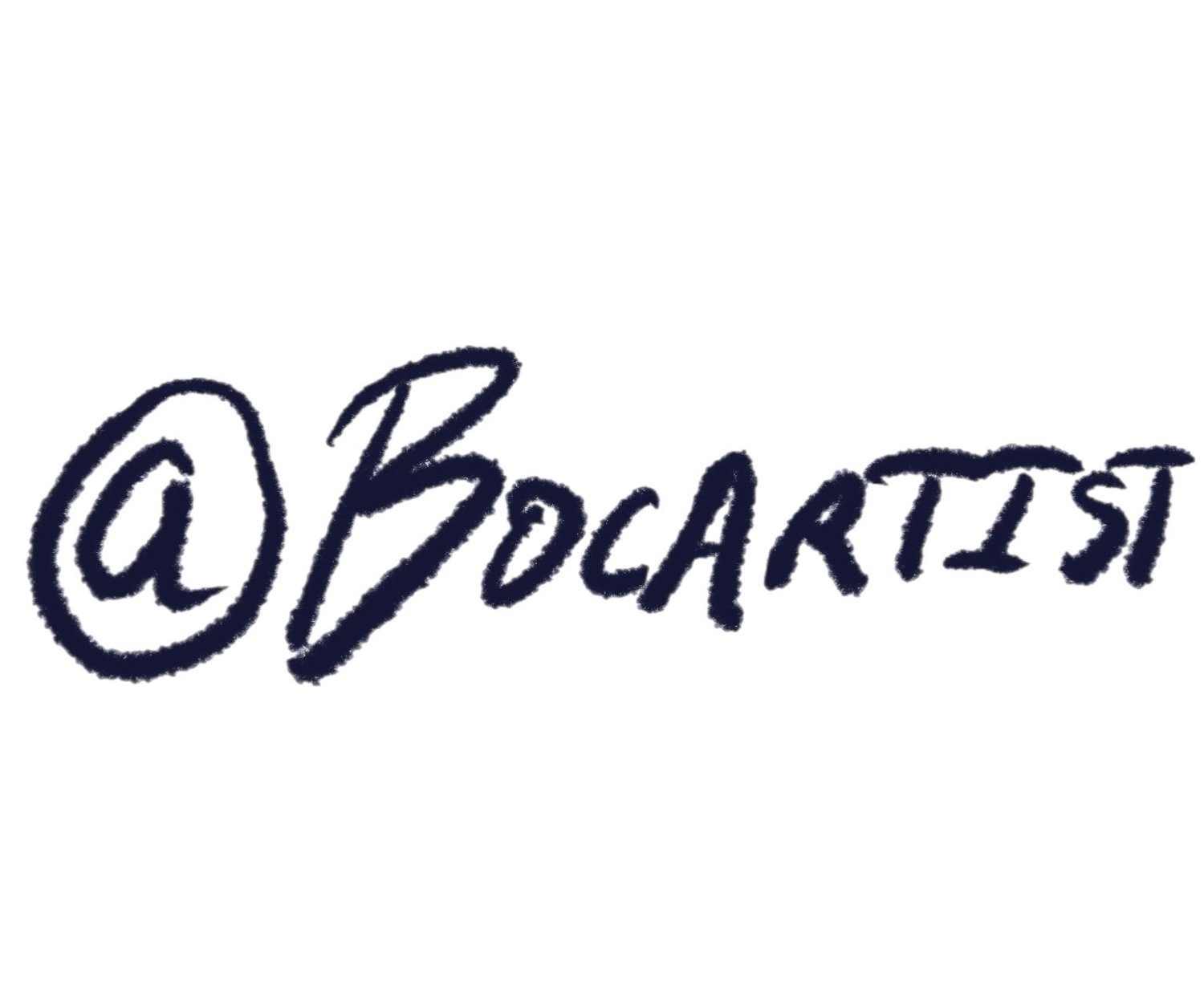Sell-Out
There was a group of caricaturists and portraitists working in front of Notre Dame. I was among them, “hustling” tourists, “roping” in prospects. Even the French idiom “faire le raclage” was used by the streetwalkers. One street artist hurled an insult at his older, more successful colleague, “You’re nothing but a prostitute.” The artist looked at his younger friend almost pityingly and said, “How can I possibly be a whore if I love my work?”
The stereotype of the Bohemian artist goes back to the 1850s in Paris, the charming unkempt egoist in love with his own talent and love itself. Money and art are awkward dance partners; parallel lines that wishing can’t deviate. Supposedly, when Rockefeller was the richest man in America, he said, “I love art and I love to talk about ideas and what inspires artists, but whenever I spend time with artists all they want to do is talk about money.”
Although there are exceptions, I have found that the more artists are paid, the less they need to be paid in ego. Winslow Homer wrote in a letter--and it was blown up wall size for an exhibition a hundred years after his death--“I’m not working at the moment, not inspired, but make no mistake, I will paint any subject matter, any size for cash.” We live in the most commercial, money driven art world in history, and yet one is conditioned to feign a blush before the immodesty of Homer’s naked truth.
When I was a street artist, the idea WAS to #sellout, to run out of people or paper or charcoal; a trifecta that is impossible. But an idea can hold an artist captive, make them keep going regardless of whether people buy the idea. Those who do buy the idea often say, “Okay now stop, pivot to another idea. Please?”
Then an artist gets lucky and has a show in a gallery and the #dream is definitely to SELL-OUT! It doesn’t matter that there will be Haters because the dream feels good.

